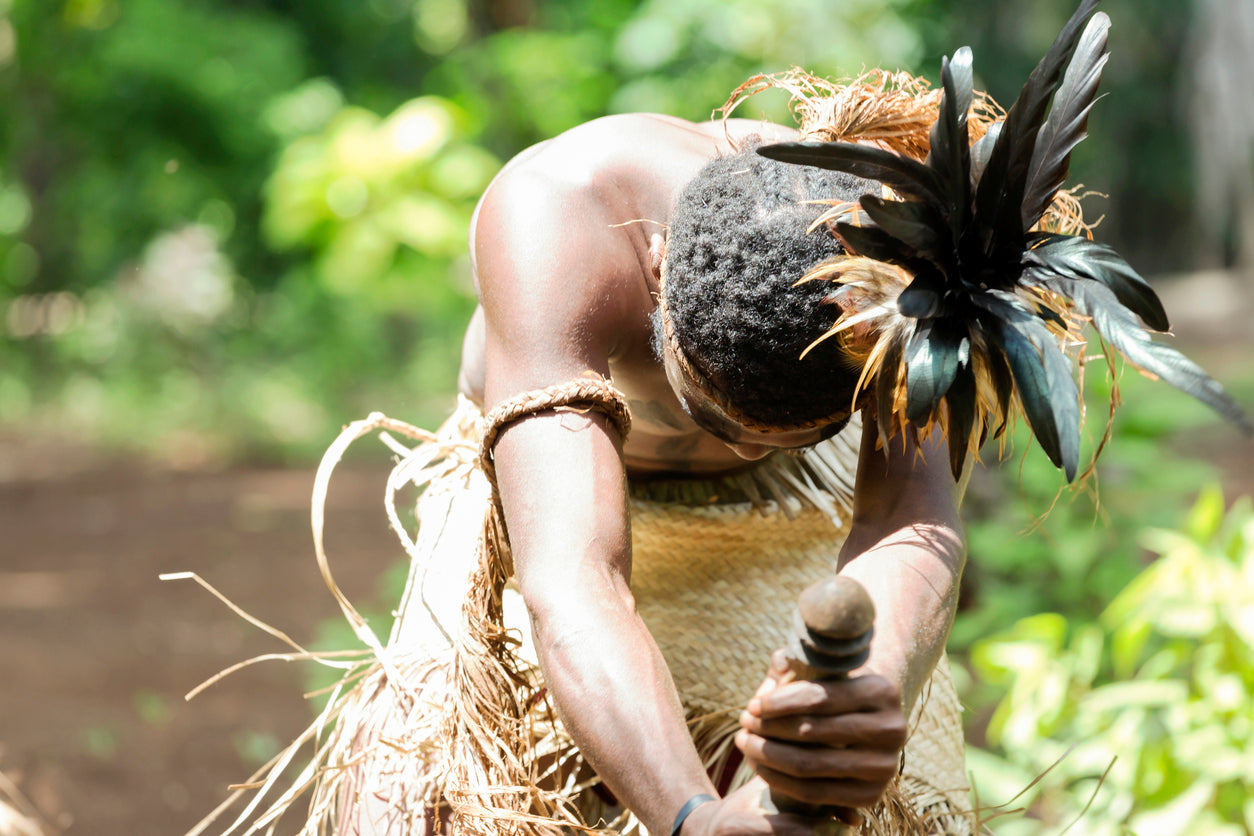
Oceana, the South Pacific Islands, is an almost magical place on this Earth. It is exotic and beautiful. Just visualizing the islands within this region offers a calming feeling. Oceana is comprised of three main regions, all with distinct cultural histories. Immersed in each region’s culture is the use of kava kava or often called just kava. Each area has their own traditions surrounding the use of kava. These traditions include both the kava preparation and the ceremonial uses.
It has been stated that kava was domesticated to these parts of the worlds around three thousand years ago. Understanding the regions that make up Oceana is a fantastic way to learn why kava is such an important aspect of the area.
Regions of Oceana
Melanesia is a region that is comprised of Fiji, New Caledonia, New Guinea, Solomon Islands and Vanuatu.
Micronesia includes the Federated States of Micronesia, Kiribati, Mariana Islands, Marshall Islands, Nauru, and Palau.
Polynesia is a region with French Polynesia, Hawaii, Samoa, Tonga, Tuamotu Archipelago, and the Tubuai Islands.
Kava in Each Region
In the Melanesian culture, you may find locals sipping kava while sitting around a fire, talking of their Gods and mythical events and legends. In Melanesia, kava is said to give knowledge to humans.
Kava in the Micronesian history has been used to seal agreements such as marriage or business.
It is also used in Micronesia to celebrate funerals, to bless visitors, and to ask for forgiveness. It was originally used only by leaders within the community. Now, every member of the community can partake.
In the Polynesian region, spirits are thought to live on in animals and plants. This includes the plant piper methysticum, or kava.
Early in Polynesian history, only those of royal ancestry could drink kava and talk to the spirits. It was used primarily in ceremonies and rituals. But over time, it has been used by everyone who wishes to enjoy its relaxing effects, and in any setting.
Harvesting Kava
The older the kava plant, the better affects you will experience. Mature kava plants are between five and ten years old.
When seeking the best quality kava, you will find it has been harvested from only the root of the plant. The stems, shoots and leaves are never used in kava preparation.
While it is possible to grow it yourself in a greenhouse, it is much easier to purchase kava from reputable suppliers. They acquire kava from South Pacific farmers who are qualified to source directly from the kava root. Farmers can easily sort noble kava, which is the best.
Because kava root does not last long once harvested, it is typically pressed into a powder form that can be dried and transported over great distances. This makes it accessible to people around the world.
Kava Preparation

Traditionally, kava root has been chewed, some cultures claim by female virgins while other regions claim children did the chewing. Whether female virgins or children, the root was chewed and then spit out into a cloth.
Kava root has also been pounded or grinded into a pulp. However, chewing produces the strongest effect due to the release of kavalactones. These are the chemical compounds that determine strength.
If grinding was chosen, it was done by hand and pressed against a hard substance. For some, a block of coral would be used.
The wet mixture was then strained. The liquid that was strained was then consumed.
The kava name varies throughout the regions. For example, in Hawaii, it is called awa. In Samoa, it is called ava. In Fiji, yaqona. And although the names may vary, the traditional kava preparation techniques are quite similar.
Today, kava preparation is much simpler. Once you find quality kava powder, mix the powder in water. Do not use hot water since this delineates the effects. After mixing the powder in water, pour the mixture through a strainer into a clean bowl. Drink the liquid left in the bowl.
Kava Ceremonies
The traditional use of kava before, during and after ceremonies is varied, although all are with immense value. Kava has been used to welcome new guests or say goodbye to others. It has also been used to start a celebration, such as a wedding.
It has been noted that many in the Pacific drank kava at dusk, before their evening meal.
Kava, due to its calming effects and tendency to make you feel happy, was used to start rituals involving business deals or to send workers off to complete projects. For example, kava was often used to wish blessings on fisherman as they went to hunt and gather.
At one time, the elders of the community would drink it to reach out to their ancestors for spiritual world for guidance.
Ceremonies such as the birth of a child and mending friendships involved drinking kava. It was a very political drink, offering conclusions to many situations, both positive and negative. Kava ceremonies were included in a variety of different celebrations.
Each region may have their own traditional, ancient chants that help facilitate the beginning or ending of a ceremony. This adds to the rich cultural history of the kava plant, making it more popular today.
Kava Moving Forward
Many Islanders continue to use and prepare the Kava traditionally. Throughout the regions, people drink kava in social settings and in private.
Kava’s popularity is increasing around the world. With the ability to export kava in the forms of capsules, powders, tinctures and more. Kava bars are making it even more accessible.
Across the nation, people are learning about the traditions, uses and benefits of kava.
For thousands of years, kava has been consumed and enjoyed by countless numbers of people. Among these, there have been relatively few complaints. That is an amazing record for any product.
This means that out of the hundreds of thousands, maybe millions, of people drinking kava, only a handful had a negative experience that may have actually been a reaction to something other than the kava.
There are very few products in today’s time that can claim comparable results.
Kava’s long-term history of use offers all of us proof that it is a safe, natural way to ease tensions, relax and enjoy being with our peers. It also offers us an alternative to alcohol and other mind-altering substances, one that allows us to improve our mood without hindering our mental clarity.
For these reasons, we should continue to use kava and pass along its traditions, both in kava preparation and at kava ceremonies where people gather in celebration.
